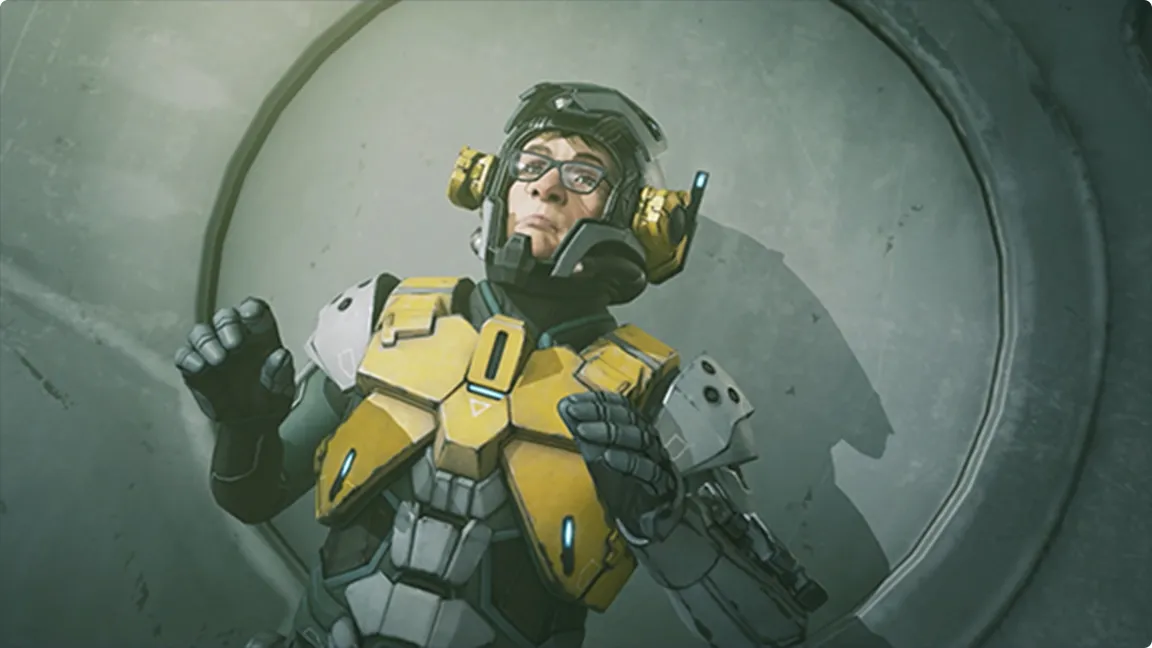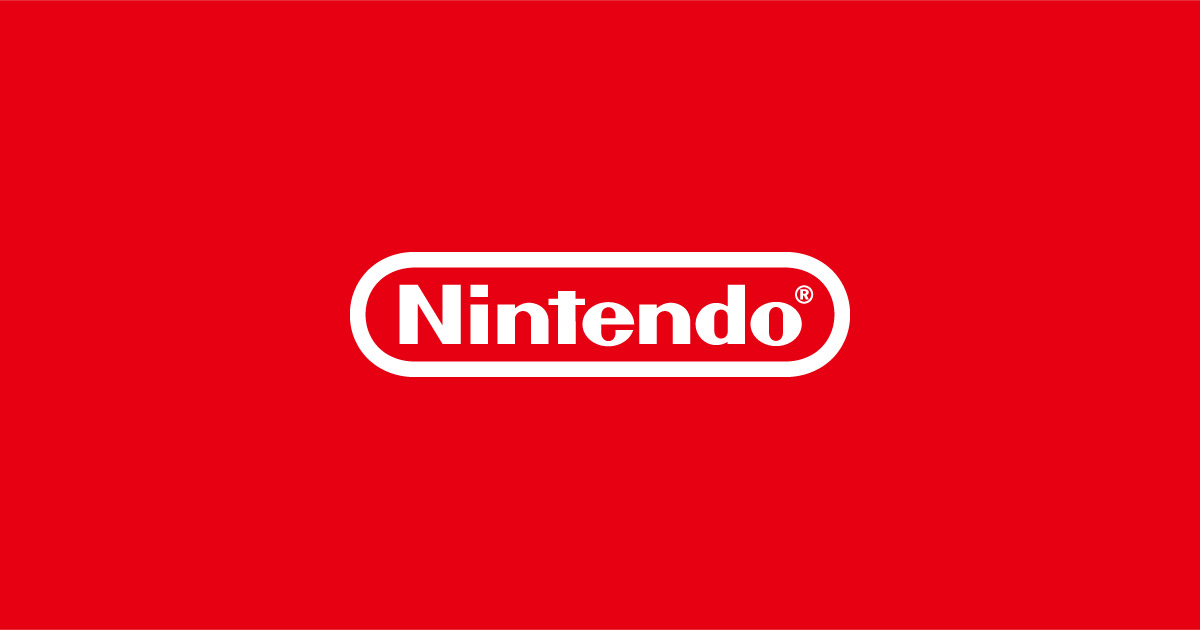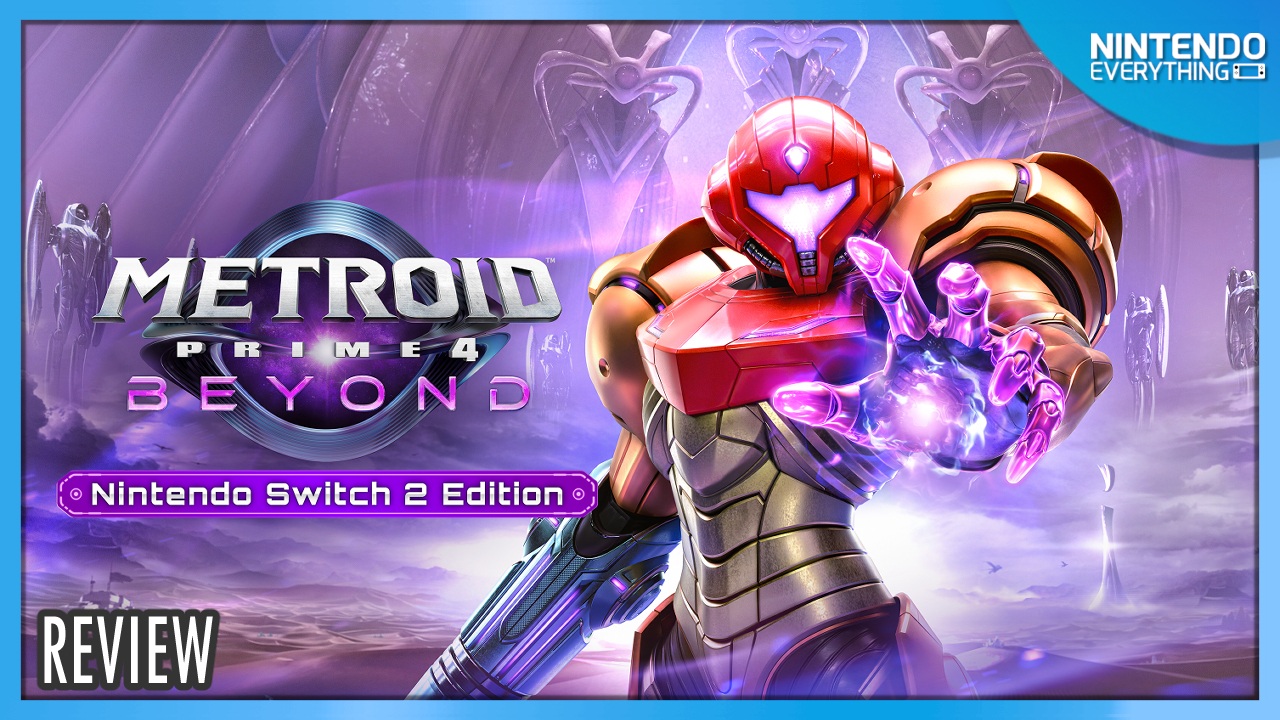Nintendo’s well-documented dedication to quality and its vigilant stewardship of iconic franchises is legendary within the gaming industry.
However, as revealed in a recent episode of the Kiwi Talkz podcast, this level of oversight played a decisive role in world artist Nate Purkeypile’s decision to leave Retro Studios during the development of Metroid Prime 3: Corruption, a critical entry in the celebrated Metroid series on Nintendo’s Wii console. Metroid Prime 3: Corruption, released in August 2007 for the Nintendo Wii, stands as a cornerstone of the action-adventure genre and a technical showcase for the platform.
Developed by the Austin-based Retro Studios, the game received widespread critical acclaim and solidified Samus Aran’s legacy.
But behind the scenes, the development environment was marked by intense supervision from Nintendo’s internal teams, according to Purkeypile. Speaking with podcast host Reece Reilly, Purkeypile recounted his tenure at Retro Studios and described the working relationship with Nintendo as highly controlled, with representatives regularly traveling from Japan to the Austin studio.
“These individuals weren’t directly involved with the game’s creation,” Purkeypile told Reilly, noting that visiting Nintendo staff frequently requested changes to artistic details—often down to the smallest elements of character design.
While his own work escaped most direct critique, he observed members of the character art team enduring frequent requests for modifications, which fostered what he described as a strained and unhealthy dynamic between parent company and developer. Purkeypile drew particular attention to Nintendo’s hands-on approach: In his words, publishers generally provide essential feedback, but he felt Nintendo’s team had little context to dictate detailed creative decisions beyond the guidance role, which was outside his preferred working style.
“If you’re not working on the game day-to-day, stepping in to dictate changes isn’t the most effective approach,” he shared.
He noted that while Metroid Prime 3 turned out to be a success, it wasn't because of “minute cosmetic adjustments,” but rather the core creative vision of the developers themselves. The challenges weren’t limited to creative oversight.
The hardware limitations of the Wii, described by Purkeypile as “restrictive for artistic growth,” compounded the difficulties, making the overall environment less conducive for his career as an artist.
After contributing roughly a year and a half to Metroid Prime 3, Purkeypile ultimately departed Retro Studios, seeking a development environment better aligned with his professional values. Metroid Prime 3’s success on the Nintendo Wii—selling over 1 million copies worldwide and receiving consistently strong reviews—underscores the significance of the franchise and Nintendo’s commitment to maintaining its standards.
Yet this candid account from a former world artist shines a light on the balancing act between creative freedom and corporate oversight that defines high-profile video game production, especially with beloved intellectual property such as Metroid. For those interested in the nuanced inner workings of game development at major studios like Retro, the full interview with Nate Purkeypile can be found on the Kiwi Talkz YouTube channel, offering deeper insights into the production and cultural dynamics behind one of Nintendo’s flagship releases.
However, as revealed in a recent episode of the Kiwi Talkz podcast, this level of oversight played a decisive role in world artist Nate Purkeypile’s decision to leave Retro Studios during the development of Metroid Prime 3: Corruption, a critical entry in the celebrated Metroid series on Nintendo’s Wii console. Metroid Prime 3: Corruption, released in August 2007 for the Nintendo Wii, stands as a cornerstone of the action-adventure genre and a technical showcase for the platform.
Developed by the Austin-based Retro Studios, the game received widespread critical acclaim and solidified Samus Aran’s legacy.
But behind the scenes, the development environment was marked by intense supervision from Nintendo’s internal teams, according to Purkeypile. Speaking with podcast host Reece Reilly, Purkeypile recounted his tenure at Retro Studios and described the working relationship with Nintendo as highly controlled, with representatives regularly traveling from Japan to the Austin studio.
“These individuals weren’t directly involved with the game’s creation,” Purkeypile told Reilly, noting that visiting Nintendo staff frequently requested changes to artistic details—often down to the smallest elements of character design.
While his own work escaped most direct critique, he observed members of the character art team enduring frequent requests for modifications, which fostered what he described as a strained and unhealthy dynamic between parent company and developer. Purkeypile drew particular attention to Nintendo’s hands-on approach: In his words, publishers generally provide essential feedback, but he felt Nintendo’s team had little context to dictate detailed creative decisions beyond the guidance role, which was outside his preferred working style.
“If you’re not working on the game day-to-day, stepping in to dictate changes isn’t the most effective approach,” he shared.
He noted that while Metroid Prime 3 turned out to be a success, it wasn't because of “minute cosmetic adjustments,” but rather the core creative vision of the developers themselves. The challenges weren’t limited to creative oversight.
The hardware limitations of the Wii, described by Purkeypile as “restrictive for artistic growth,” compounded the difficulties, making the overall environment less conducive for his career as an artist.
After contributing roughly a year and a half to Metroid Prime 3, Purkeypile ultimately departed Retro Studios, seeking a development environment better aligned with his professional values. Metroid Prime 3’s success on the Nintendo Wii—selling over 1 million copies worldwide and receiving consistently strong reviews—underscores the significance of the franchise and Nintendo’s commitment to maintaining its standards.
Yet this candid account from a former world artist shines a light on the balancing act between creative freedom and corporate oversight that defines high-profile video game production, especially with beloved intellectual property such as Metroid. For those interested in the nuanced inner workings of game development at major studios like Retro, the full interview with Nate Purkeypile can be found on the Kiwi Talkz YouTube channel, offering deeper insights into the production and cultural dynamics behind one of Nintendo’s flagship releases.






